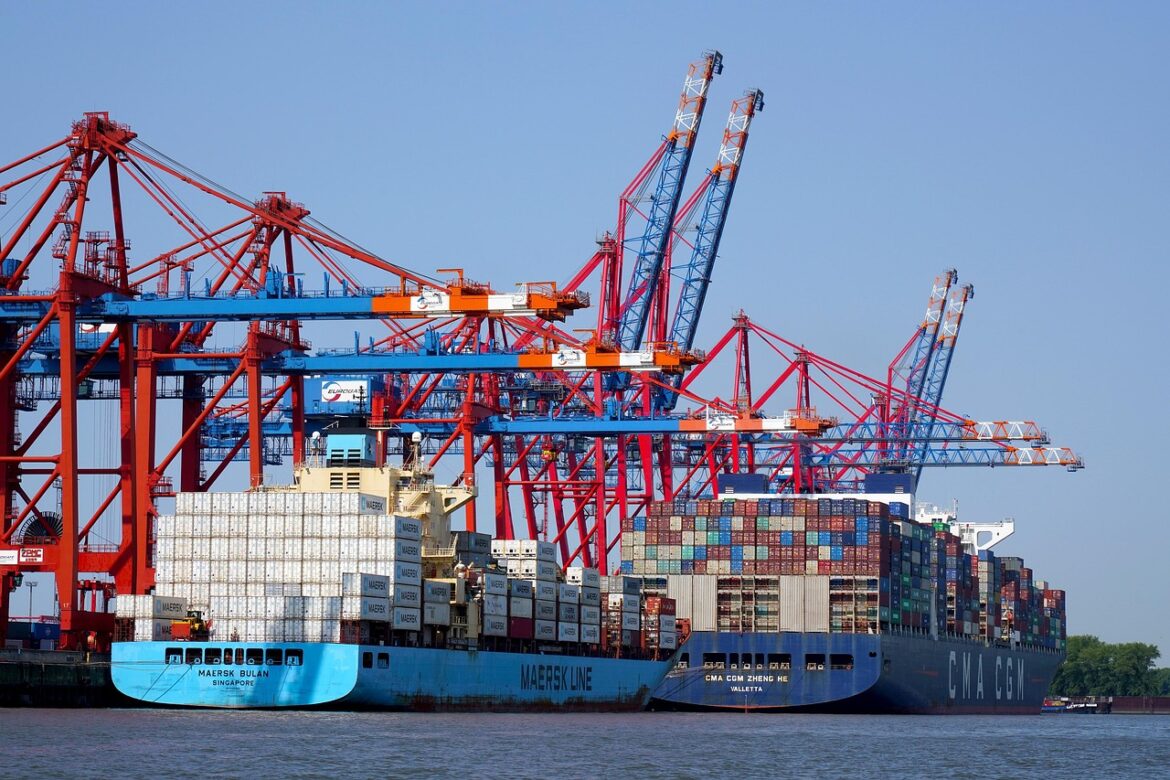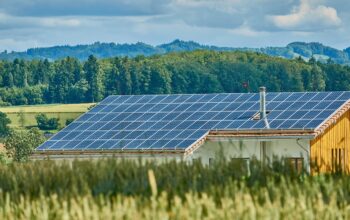The Imperative of Supply Chain Resilience
Recent global disruptions have highlighted the critical need for more resilient and sustainable supply chains. As we look ahead to 2025, companies must adopt proactive strategies to mitigate risks and ensure business continuity. Here are key best practices for building more resilient supply chains:
• Diversify Supplier Base: Reduce dependency on single sources by cultivating a diverse network of suppliers across different geographical regions.
• Embrace Technology: Leverage advanced analytics, AI, and blockchain to enhance supply chain visibility and predict potential disruptions.
• Prioritize Sustainability: Integrate environmental and social considerations into supplier selection and management processes to mitigate long-term risks.
• Build Strategic Partnerships: Foster closer collaboration with key suppliers to improve communication, innovation, and mutual support during crises.
• Enhance Inventory Management: Implement dynamic inventory strategies that balance efficiency with resilience against supply shocks.
Implementing Resilience Strategies
-
Conduct a Risk Assessment: Identify vulnerabilities in your current supply chain and prioritize areas for improvement.
-
Develop a Resilience Roadmap: Create a phased plan for implementing resilience measures across your supply chain.
-
Invest in Digital Tools: Adopt supply chain management software that provides real-time visibility and predictive analytics.
-
Train Your Team: Ensure your procurement and supply chain teams are equipped with the skills to manage a more diverse and technology-driven supplier network.
-
Regularly Review and Adapt: Continuously assess the effectiveness of your resilience strategies and adjust them based on changing market conditions and emerging risks.
By focusing on these best practices, companies can build supply chains that are not only more resistant to disruptions but also more sustainable and efficient in the long term.
References:
- https://www.trendhunter.com/slideshow/march-2025-eco
- https://research.aimultiple.com/supply-chain-sustainability/
- https://www.wix.com/blog/newsletter-examples
- https://fticommunications.com/esg-newsletter-20-march-2025/?topic_origin=esg-newsletter
- https://www.karomia.eu/csrd-guide
- https://www.comnetwork.org/jobs
- https://www2.deloitte.com/content/dam/Deloitte/us/Documents/technology-media-telecommunications/user-friendly-s8e5-harnessing-sustainability-data-for-greater-business-value.pdf
- https://leglobal.law/2025/03/26/european-union-commission-launches-omnibus-i-package-to-relax-esg-rules/
- https://pubsonline.informs.org/toc/mnsc/0/0
- https://www.bsr.org/en/reports/resilient-business-within-planetary-boundaries
- https://www.businesswire.com/news/home/20250326171461/en/Supplier.io-Releases-2025-Best-Practices-for-Smarter-Sourcing-and-Building-More-Resilient-Supply-Chains
- https://www2.deloitte.com/us/en/insights/focus/human-capital-trends.html
- https://www.wbcsd.org
- https://www.mckinsey.com/capabilities/sustainability/our-insights
- https://www.rib-software.com/en/blogs
- https://insights.ehotelier.com/insights/2025/03/24/hospitality-sustainability-and-corporate-social-responsibility-csr/
- https://www.airbestpractices.com/industry-news/industrial-sustainability-best-practices-conference-2025-announces-presentation-on-air-compressor-control-technologies
- https://www.shopify.com/blog/business-plan
- https://www.integritynext.com/resources/blog
- https://sustainabilitymag.com/articles/esg-at-kpmg-harnessing-capitalism-for-a-sustainable-future



